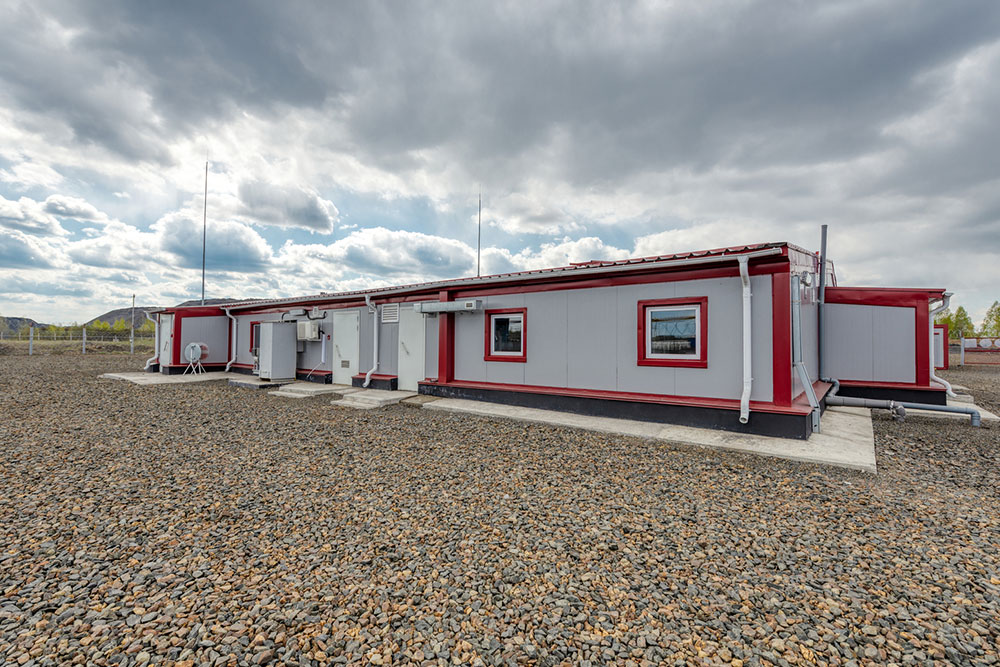8 mistakes to avoid when erecting prefabricated metal buildings

Metal buildings are becoming popular for many reasons – they are sturdy, durable, and can withstand almost any weather. These structures are also energy efficient and usually don’t require excess maintenance once constructed. These days, many metal building manufacturers provide prefabricated metal building kits, making the building process quick and efficient. Even so, one can easily make dangerous mistakes. So, here are some common mistakes one should avoid when building prefabricated metal buildings:
Building a weak foundation
Even with readily available metal building kits, an unsteady foundation can require extensive repairs and lead to dangerous outcomes. A strong foundation is crucial for any building, including metal ones. Unsteady foundations can cause the building to collapse at worst and increase repair and maintenance costs considerably at best. That’s why one should always build a sturdy foundation before setting up a metal building.
Failing to obtain a permit beforehand
Every area or zone has its own set of rules regarding metal buildings, so one should learn these rules before buying a metal building kit. One can get a permit only if the authorities believe that one understands the local regulations and agrees to follow them strictly when constructing a metal building. In case one does not have a permit, local authorities may force the builder to demolish the building. So, one should only proceed with the process after obtaining a permit. It is best to start by contacting a local building department and discussing all the legalities before buying a metal building kit.
Hiring different companies for different aspects of the job
As the proverb “too many cooks spoil the broth” goes, hiring multiple companies to carry out different aspects of building prefabricated metal buildings will likely cause problems later. Explaining one’s goals and vision to multiple parties can be challenging, and not all of them may have the same standard of work. Also, these companies may subcontract certain parts of their responsibilities to other smaller subcontractors, who may not do the job to fulfill the client’s end goal. Ultimately, if any of these parties commit mistakes, one may have to spend a lot of time and money rectifying the errors. So, it is best to hire one trustworthy company after researching its credibility and experience and allowing it to take care of all aspects of construction.
Not reading the kit instructions and safety rules carefully
All metal building kits come with detailed instructions and safety measures, which are carefully formulated considering various scenarios and risks involved. So, one should read these instructions and rules very carefully, possibly discussing any queries or confusion with someone having extensive experience in metal building. Even if one is not directly constructing the structure and is outsourcing a company for the task, knowing all the instructions and rules definitely gives one an upper hand in supervising the construction. For example, a person who has read the safety rules would know a requirement as basic as wearing protective safety gear on-site, so if a worker is not wearing such gear, one can immediately ask them to do so.
Not choosing a feasible site for construction
The site at which the metal building is to be erected is of extreme importance because if the building is situated at a location that constantly faces harsh winds or bad weather, the maintenance and repair costs can increase drastically. Also, if it is a very low-lying area, the building may suffer foundational problems and water-logging in the long run. Although metal buildings are sturdy, they are not immune to such issues, so one should choose a location that is feasible for construction. An experienced architect can help with shortlisting an ideal location.
Failing to level the foundation properly
Poorly leveled foundations cause a majority of problems with constructing metal buildings. Leveling a building’s foundation is critical, regardless of whether one uses concrete or any other material. If it’s a concrete foundation, one should remember that it needs approximately a week to cure. A genuine and reputed local contractor should be hired to level the foundation well before setting up the prefabricated metal building structure.
Failing to set up an all-inclusive budget
Setting up a steel building is a lot of work, even with prefabricated metal building kits. So, one should consider all the costs involved before starting work. Some costs that builders often ignore at the start include doors, windows, skylights, etc. If one doesn’t factor in these expenses initially, one will likely face a severe financial crunch later. So, all the expenses should be properly considered right at the outset.
Researching inadequately on the kit manufacturer
There are many metal building kit manufacturers in the market these days, claiming to have the best and most sturdy metal building components. However, their claims need to be substantiated by proven work and successful projects in the past. Also, they need to be aware of all the local codes and regulations and use only the best raw materials when manufacturing these kits. One should dedicate sufficient time to finding out as much as possible about the manufacturer, making the necessary inquiries, and actively asking questions to gauge the manufacturer’s efficiency.







